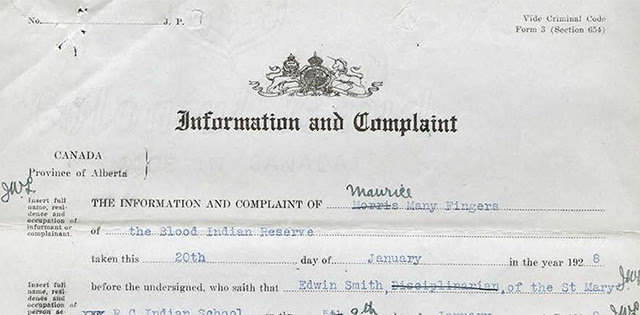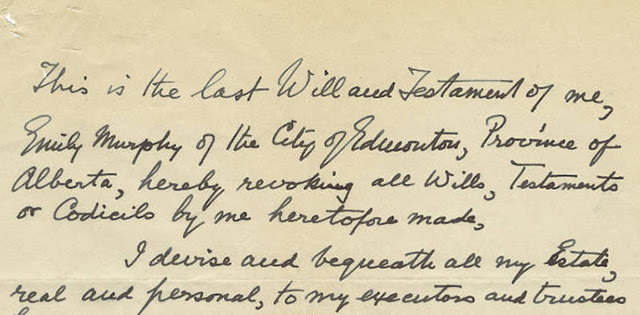Court case files are goldmines of documents that capture family, social and legal history, often in the words of the people themselves as they proceed through the legal system. Some cases consist of a single folder with few documents, while others comprise several boxes of documents. Depending on whether it is a civil, criminal, divorce, probate or some other legal action, the court case file will contain different types of documents that serve as a record of what transpired in the courtroom.
Civil files contain a statement of claim, which is the reason why a person (known as the plaintiff) is asking the court to pass judgement on a matter in dispute. The statement of defense is the other party’s response to the allegations made in the statement of claim. Other documents, such as counterclaims, orders and letters may also be found in the file. The file might even contain exhibits, which provide evidence supporting for the claims of either party. Transcripts of hearings are rare but do occur when transcripts were requested at the time of the hearing. The case concludes with an order containing judgement from the court deciding the matter. There may also be a decision regarding whether the plaintiff or the defendant bears the costs incurred by the courts.

Criminal files begin with the charge, information or complaint where an official has accused an individual of committing a crime. The statement of the accused provides the accused individual’s explanation of, or defense against, the charge. The file may contain warrants of commitment if the person is imprisoned during the trial, affidavits and exhibits from either the prosecution or defense in the case, orders from the judge, as well as letters and supporting documents about the conduct of the trial. Transcripts of hearings are rare but do occur when transcripts were requested at the time of the hearing. The file typically concludes with a judge’s order stating whether the defendant was guilty or innocent and pronouncing a sentence.

Divorce files begin with the petition or statement of claim from either the husband or wife requesting the dissolution of the marriage. Affidavits and notices of motion follow, including proof of the marriage and an affidavit of service indicating that the other party is aware of the proceeding. Letters and other administrative documents may also appear in the file. When the appropriate documents are in place, the judge issues a decree nisi, which gives notice that the marriage will end in three months. This preliminary decree allowed the husband and wife time to consider the action. The file concludes with the decree absolute, the document formally ending the marriage. After the federal Divorce Act of 1968, documents registering the divorce are typically found in the file.

A probate file typically contains a person’s will, a legally binding document that describes how and to whom an individual’s assets (or estate) will be distributed after his or her death. The court orders a grant of probate, a document allowing the individual or company named in the will to distribute the assets to the people named in the will; if no will exists, the court issues letters of administration appointing someone to distribute the estate. The executor or administrator files an affidavit of value and relationship, which lists the assets of the estate and to whom the assets have been distributed. The executor or administrator may also file receipts and submit a petition to pass accounts for reimbursement of the costs to distributing the estate.

As Alberta’s courts evolved over time, their clerks were given responsibilities for a variety of legislation, including liens, naturalizations, mortgages, registrations of partnerships and arbitrations. Each of these actions is initiated by a document submitted to the court, which could take the form of a petition, application, statement of claim or another document. The file may contain affidavits, notices, letters or other administrative documents surrounding the action. If the action is simply to register a document, there may be no further action once the document has been received by the court. If the action requires a decision by the court, the file will contain an order, award or some other document indicating the judge’s conclusions about the matter under consideration.
